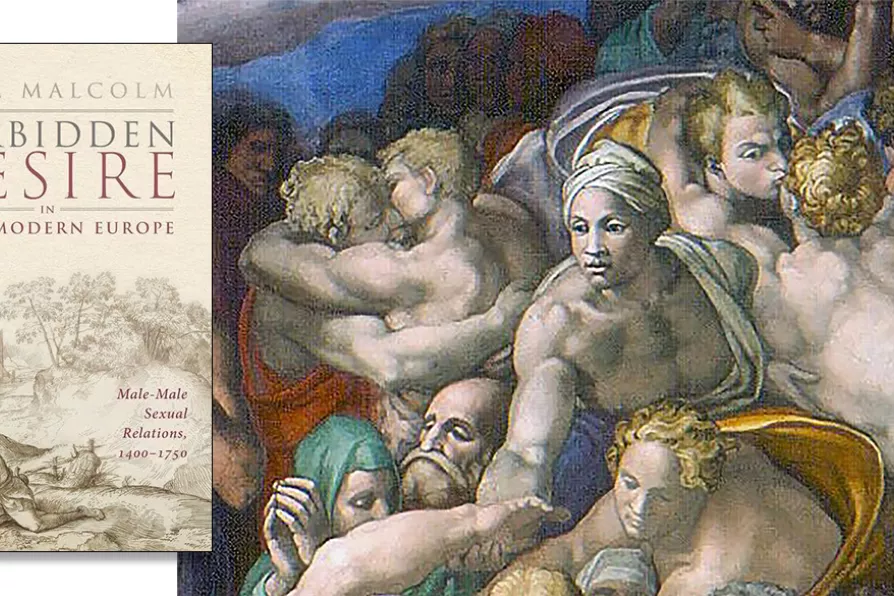Jimmy watches Countdown and tries to ignore his bills, grief, COPD and frailty. Meanwhile, his carer walks a tightrope between kindness and reality

 Detail from The Last Judgement, Michelangelo, 1541, from the upper righthand corner showing male couples embracing as they ascend to heaven
[Public Domain]
Detail from The Last Judgement, Michelangelo, 1541, from the upper righthand corner showing male couples embracing as they ascend to heaven
[Public Domain]
Forbidden Desire in Early Modern Europe, 1400 - 1750
Noel Malcolm
OUP, £25
THE lauded historian Noel Malcolm begins Forbidden Desire in Early Modern Europe by relating an account of how, in 1558, in the household of the Venetian embassy in Istanbul, two young male pages were repeatedly seen flirting and kissing. Other downstairs workers didn’t actually seem to mind, and some were diverted and amused. Those in charge were concerned enough to document and suppress the blandishment, as they didn’t want the household to be seen as resembling local Muslim equivalents, where convention condoned acts of sodomy – or was this just a smear?
Disquisition follows on a grand symphonic scale and the reader is launched into myriad calibrated thoughts. Why are men so strange? Where does recreation end and denigration begin? Is it illuminating or alienating to peer at carnality through a prism of historical and cultural shifts?

MATTHEW HAWKINS applauds a psychotherapist’s dissection of William Blake

ANDY HEDGECOCK admires a critique of the penetration of our lives by digital media, but is disappointed that the underlying cause is avoided












